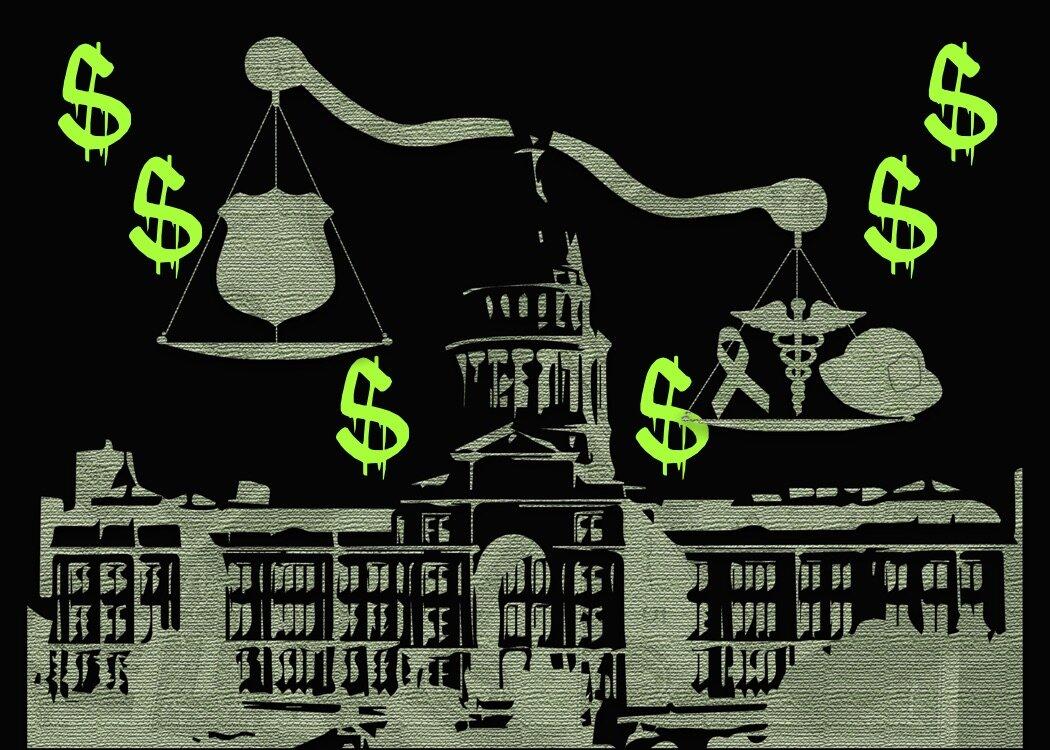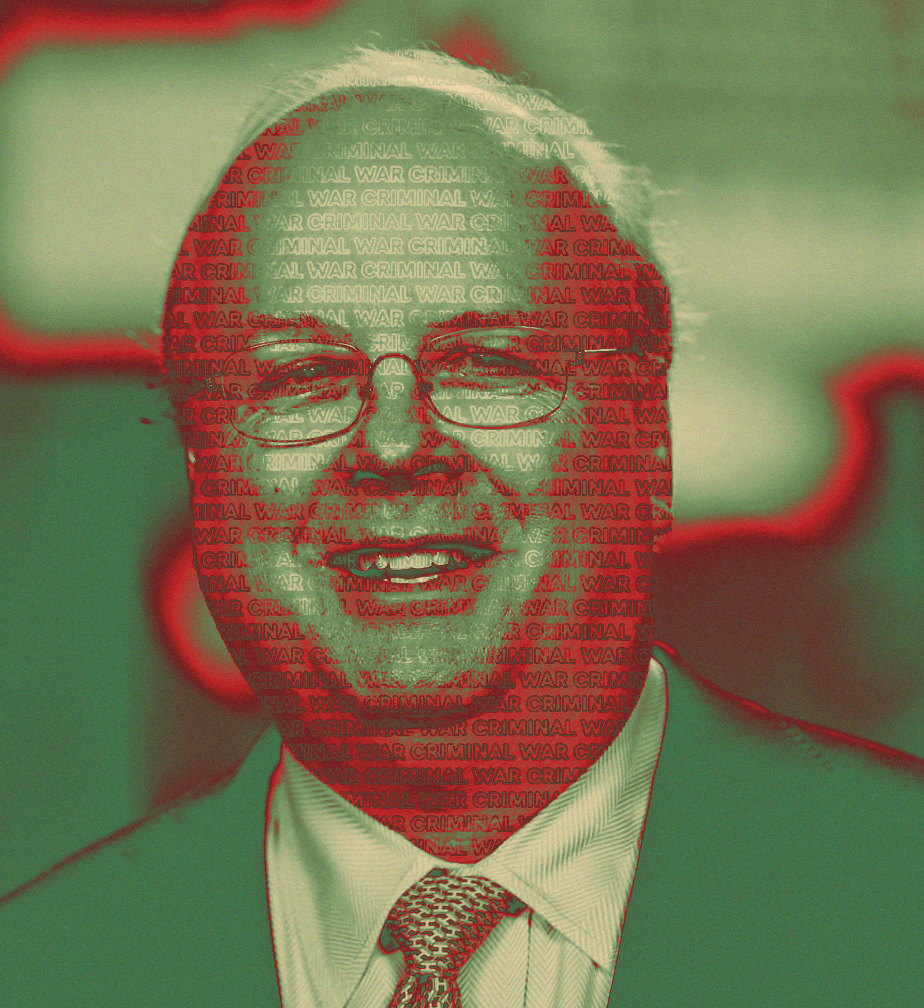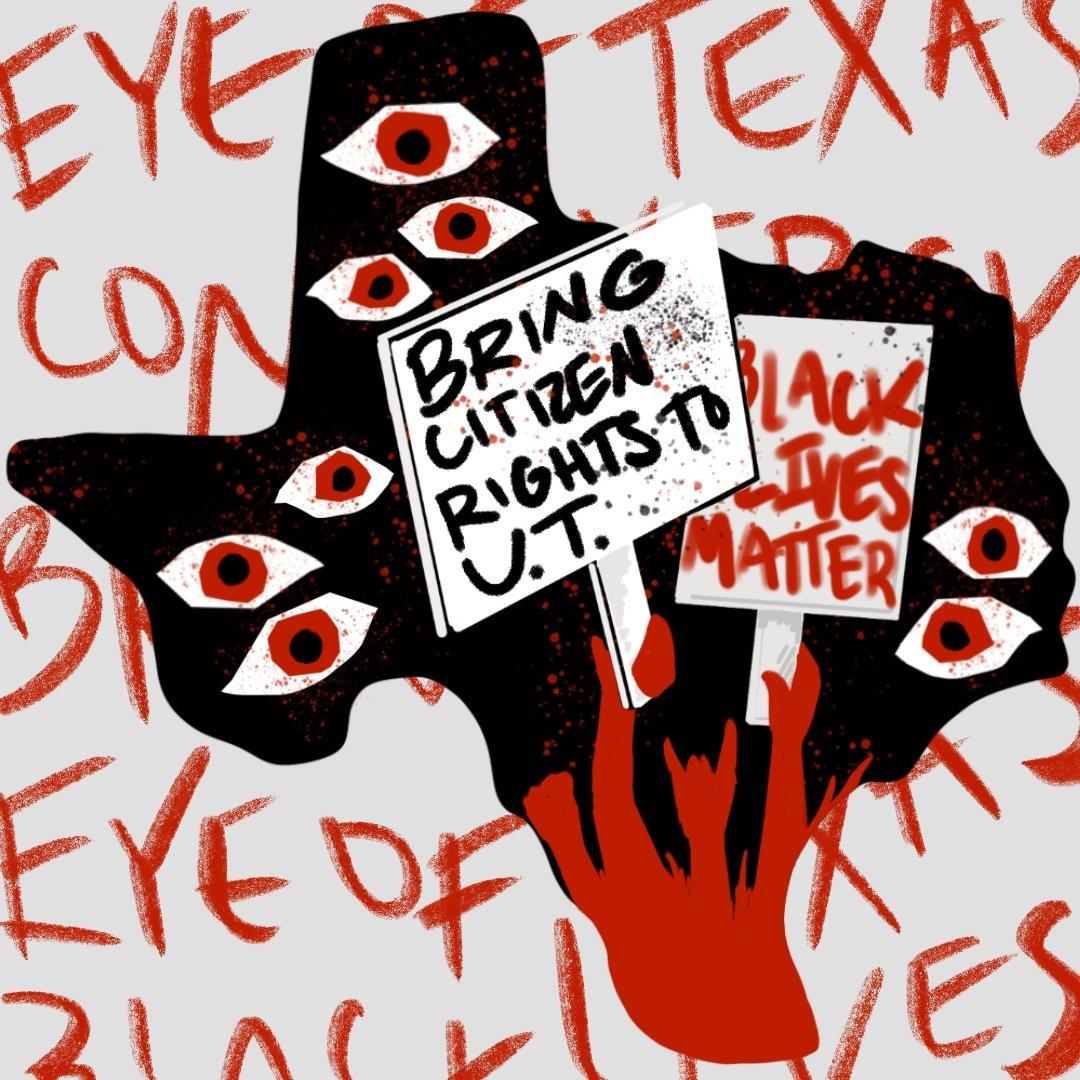Early voting in Austin begins today. Here’s why passing Proposition A – which will give hundreds of millions more dollars to the Austin Police Department – will not keep us safe.
Story by Meghan Nguyen // @megxhan // she/they
Graphic by Zorayda Sanchez // she/her
The police exist to “keep us safe” – or so goes the story that gets fed to us and reinforced by the media, our parents, and our popular culture. Despite a long and documented history of gratuitous violence, racism, and little accountability, and despite the fact that policing in the South emerged from slave patrols, this narrative – that the police are here to prevent crime, to maintain order and to protect us – continues to persist. Accordingly, funding for police departments has grown and dramatically outpaced (and in some cases, depleted) the budgets of other community services such as housing, education and mental health services. One such example of this happening in real time is Proposition A, which will appear on Austin’s Nov. 2 ballot.
What is Proposition A?
Proposition A is a police funding ordinance set to appear on the November ballot in Austin. If it is passed, it would require a ratio of two police officers for every 1,000 Austin residents and an additional 40 hours of post-cadet training hours per year, among other things. The proposition was put forth by local political action committee Save Austin Now, which was the same PAC behind the proposition that led to the reinstatement of Austin’s public camping ban and the criminalization of homelessness in Austin.
In a memorandum to city council, Austin’s chief financial officer estimated that Prop A could cost the city nearly $600 million over five years. This is on top of an already $442 million budget that city council approved for the Austin Police Department for 2021-22, which is a record high. If the ordinance were implemented, estimates show that the City of Austin would hire an additional 300 to 600 new officers in the first year, with more hires spread out over the next five years. Critics of Prop A have predicted that its passing will result in budget cuts and layoffs to other city departments and programs, such as ambulances, parks and libraries, and family violence and substance abuse programs.
What’s wrong with Prop A
According to their website, Save Austin Now has claimed that Proposition A is a step towards reducing the “crime wave that has resulted from defunding [the police].” They cite a rise in homicides and delayed 911 response times after budget cuts were made to the Austin Police Department in 2019 and 2020 (though due to a new state law passed in 2021 that penalizes cities for cutting police funding, the City of Austin already had to restore the budget cuts made to APD in 2020).
Let’s talk about that first claim that homicides are up in Austin due to Austin police’s budget cuts. Yes, Austin has experienced an increase in homicides this year, but a number of other large cities are also experiencing this increase. According to the FBI and a report from the Major Cities Chiefs Association, homicides are up by 30% in the first quarter of 2021 compared to the first quarter of 2020, in cities across the nation. In cities like Houston, Dallas and Fort Worth, increases in homicides have occurred despite increases in their police funding since last year. For example, Houston increased police funding by $20 million, yet saw a 20 percent increase in murders in the first quarter of the year.
Drawing a direct correlation between cuts in police funding and homicide rates is disingenuous. It implies that an increase in police funding, and thus staffing, would decrease homicide, when in reality, research does not conclusively show that the presence of cops decreases homicides, violence, or crime. In fact, a 2019 study that measured police activity (rather than numbers) found no relationship between arrest rates and homicide rates.
Crime trends are often influenced by and responsive to a multitude of sociological factors – including pandemic and economic stress, an increase in gun sales, and more. Because of this, it’s hard, impossible even, to conclude that there is a direct correlation and causation between police funding and homicide trends. However, it’s evident that police and policymakers are using this uptick in homicide to incite fear that a “crime wave” allegedly is sweeping Austin – for which they blame City Council’s decision to defund police – to justify continued increases in police funding.
Save Austin Now also claims that due to low police staffing, 911 response times have been longer and more delayed. Yet, passing Proposition A would force cuts to the Austin Fire Department, Austin-Travis County EMS, 911 call takers, and mental health care services. Steve Adler has even stated that , “There’s no way to accomplish [Prop A] without either raising taxes or cutting programs like fire, EMS, or libraries or parks.” In addition, the Austin Fire Association has come forward in opposition to Prop A due to the plethora of programs being cut for the sake of its funding.
How can one argue that this measure will “bring down our skyrocketing 911 response times” – direct language from the Save Austin Now website – when it will cut funding from the programs that are actually needed to respond to 911 calls, such as the Austin Fire Department, Austin-Travis County EMS, mental health services and 911 call takers themselves?
More cops does not equal safety
Policing has never been a neutral institution. From the very first U.S. city police department serving as a slave patrol to the violent police enforcement of Jim Crow laws, the War on Drugs, and suppression and surveillance of protests and activism, there has never been a time in the history of the United States when the police were not a force of violence, specifically against Black people. Initiatives like Proposition A assume good faith on part of the police, but we have seen time and time again that cops don’t actually reduce or interrupt violence, but rather perpetrate and perpetuate it.
Additionally, there is little evidence to show that more police results in fewer crimes and greater public safety. Research has consistently failed to find any conclusive connection between the number of police officers and crime rates. Veteran police scholar David Bayley pointed out that very few, if any, studies reporting net positive effects from policing actually demonstrated that it was specifically the police that reduce crime. Instead, research indicated that having someone present reduces crime, and the police can be that someone, but not that the police MUST be that someone.
Evidence that the Austin police stop people from killing each other is weak at best, while the evidence that they themselves harm and kill people is strong. Austin police have the highest per capita rate of police shootings during mental health calls among the 15 largest U.S. cities. In 2019, a report showed that Austin police ranked twice as high as the national average for police violence. They are the most likely of any large Texas jurisdiction to use injury-causing force based on 2018 traffic stop data. They stop Black and Hispanic people during traffic stops at a disproportionately higher rate than white people. They are more likely to use force in communities where more African American and Latinx individuals live, and more likely to use severe force against African American and Latinx individuals. Last summer, Austin police tear gassed, pepper sprayed, and shot rubber bullets and bean bag rounds at peaceful protestors, and a 16-year-old boy was shot in the face by an officer and suffered a head injury as a result.
We have been taught to think that police catch the “bad guys” and protect us from harm. But most of the time that Austin police spend responding to calls have little or nothing to do with violent crime or protecting the public. According to this report, less than 3% of time spent on calls for service was spent on incidents related to “violent crime”. In fact, most calls to APD are for things like traffic violations and accidents, domestic complaints, and trespassing. This means that Austin police spend most of their resources going after minor incidents that don’t actually threaten everyday life, and this instead leads to violent arrests, mass criminalization and incarceration rather than protection.
What actually keeps us safe
A “safe Austin” is not a city in which hundreds of more police officers are hired at the expense of neighborhood public libraries, parks, fire stations, medical services and other institutions that actually produce stable, safe, and healthy communities. What Save Austin Now fails to consider is that, when it comes to responding to violence, we have options beyond simply increasing or decreasing the number of cops or how much money we spend on them. It’s time to recognize that decades upon decades of funneling money, resources and legitimacy into policing in an effort to “increase public safety” have failed. We can imagine and build other ways to deal with harm. We need to consider the potential impacts of increased investment in the things we actually need to produce safety, such as building social safety nets, putting people’s well-being first and investing in things like housing, healthcare, community-based safety strategies and violence prevention programs. This could be a better model for public safety than investing more in police.
It’s difficult for most people to seriously consider defunding the police, much less consider the end of policing. Obviously, the idea that cops equal safety is difficult to dislodge. This is due to unfamiliarity with the decades of scholarship and organizing around the topic. Below, I’ve provided more information about how to vote against Prop A and resources about police defunding and abolition. Now is the time to make the decision to divest not only from police and their funding, but also the idea that the police keep us safe.
Resources
In-person early voting for the Nov. 2 election begins on Monday, Oct. 18, and ends on Friday, Oct. 29. More information about polling locations can be found here. On Election Day (Nov. 2), polling locations will be open from 7 a.m. to 7 p.m. For early voters, polls are open at the same time Monday through Saturday and noon to 6 p.m. on Sunday.
Prop A was recently discussed on the Texas Signal podcast. To get involved with canvassing efforts against Prop A, follow Austin is Safer When and No On Prop A.
Read more about the case against Prop A:
Hiring More Police Is Not a Great Way to Prevent Murders by Austin Sanders in the Austin Chronicle
RELEASE: Data shows no correlation between sworn officers and homicide rates in U.S. & Austin by No Way On Prop A
Learn more about the ongoing effort to defund and abolish the police:
‘Defund the Police’ Actually Means Defunding the Police by Edward Ongweso Jr.
Yes, We Mean Literally Abolish the Police by Mariame Kaba












































